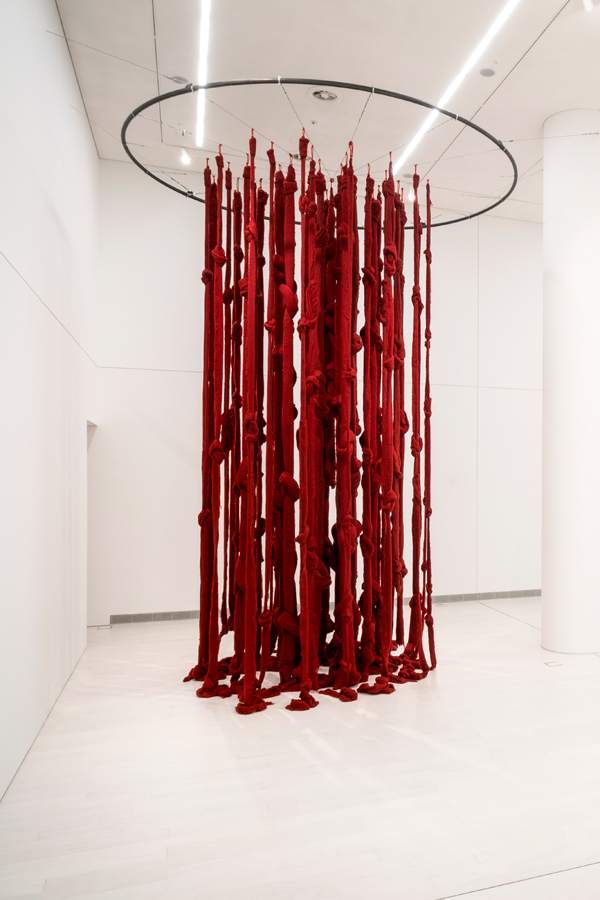
Lin Hwai-min
Formosa
“Formosa relies heavily on words and poetry for its inspiration and imagery. It traces Taiwan’s history from the 16th century, when Portuguese sailors upon seeing the island exclaimed, “Formosa!” meaning “Beautiful!” Poems appear on a white scrim above a white floor. In the beginning, the poems are whole. The black Chinese characters are neatly aligned. Gradually, however, the poems slide away and the characters enlarge, slowly disappear, become abstract, pour like a stream, peel away, and break apart. A chaotic jumble appears. To some extent, the writing dances.” Carmel Morgan




